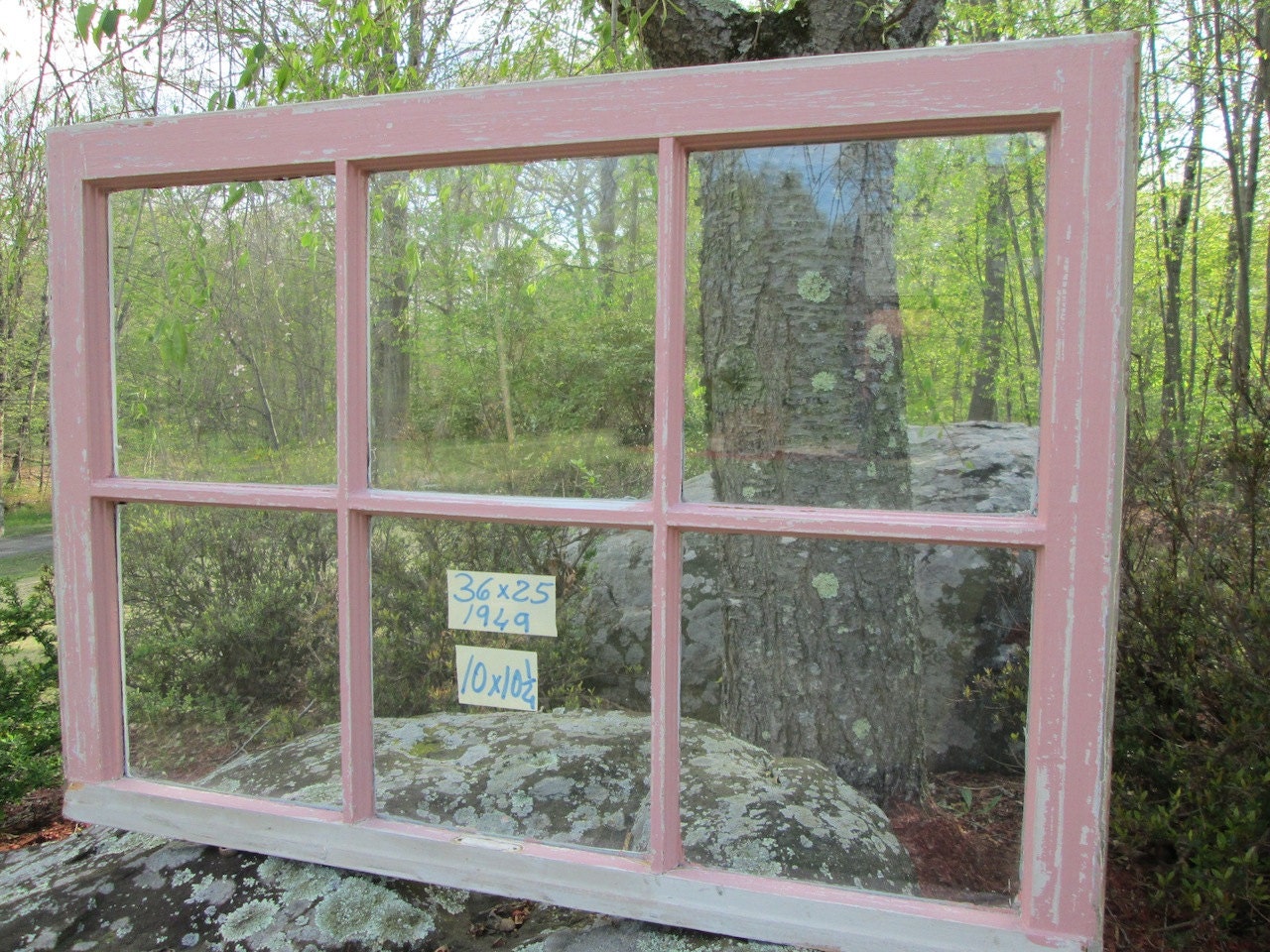

So if we were eliminating the existing exterior storms and interior roller shades, what did we do to improve our windows? Decision #1-Keep existing windows, for now. SUPPORT INDEPENDENT SUSTAINABILITY REPORTINGīuildingGreen relies on our premium members, not on advertisers. The roller shades were definitely coming out, in part because they were at the end of their service life but also because they were just not versatile enough. They were unattractive and brittle and made rooms horribly dark when deployed during the day.

Our roller shades were essentially privacy shades. They definitely were headed to our local building salvage operation or metal recycling. While these storms had apparently done a good job of sheltering the original wood sashes, they were frankly quite ugly and worked poorly. You typically risked damaging the storm panels or yourself when trying to raise or lower them. Ours were rickety, with white dust (oxidation) all over the tracks, and most of them were barely operational. You know these storms-the terrifically annoying, anodized aluminum, triple-track ones.
DOUBLEPANE GLASS IN OLD SASHES WINDOWS
But the storm windows and roller shades were another story. All the sashes raised, lowered, and locked (more than you can say for a lot of 100-year-old windows). These windows were supported by some pretty typical window attachments: triple-track exterior aluminum storm windows and opaque vinyl interior roller shades.īy and large, the windows themselves operated pretty well. In 2000, my wife and I moved into a nearly 100-year old home in New England, equipped with the original wood single- paned double-hung windows. Improving existing window performance shouldn't be that way, and it doesn't have to with new online resources. Most of us approach poorly performing old windows with a step-by-step exploration from one less-than-optimal fix to the next. Should you replace your old windows? Using attachments can get more life out of them, and improve performance.


 0 kommentar(er)
0 kommentar(er)
